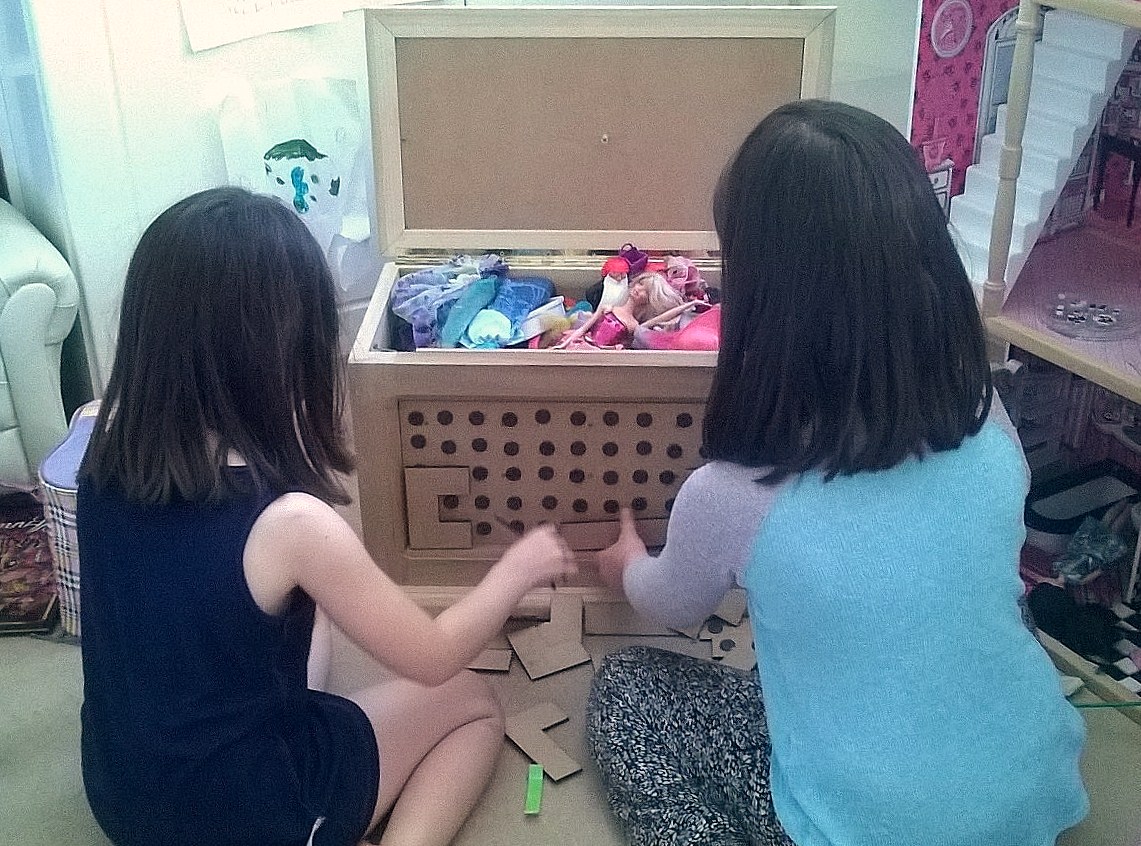-
Children Interactive Toy Box
Jaymie Small


Details
TitleChildren Interactive Toy Box
StudentJaymie Small
Type:Physical computing, game
About
Motivating children to do undesirable tasks is difficult, every parent will at some stage struggle with teaching their children to help with basic household work such as tidying away toys.The purpose of this project is to design an interactive toy box for children, with the main aim being to educate and encourage positive behaviour change in the user. From personal experience and discussions with many parents it is clear that there are some issues that are very difficult to tackle with young children, lessons that if not taught at an early age become more difficult to get across as the child grows, such as their participation in household chores. These lessons are based around personal experiences that will affect their social skills as they get older. One such lesson is the child keeping their area tidy i.e. picking up their clothes and keeping their toys organised when not in use. A simple lesson like this can affect how the child interacts with other family members as they get older, as they do or don’t learn to take responsibility for keeping their space tidy.
This project looks at taking an everyday object (toy box or chest) and making it interactive, teaching the user the benefits of completing tasks to earn a reward. While in this instant there is a literal reward, the idea is to teach the child that completing tasks are beneficial for them as it avoids displeasing or creating an argument with other people that share the same space. However, at this young age an incentive like that doesn’t seem like a reward. Therefore, the task is to tidy up their belongings at the end of the day. The reward for completing this task is a nightlight that projects an image on to the ceiling. The secondary aim of the project is to design in order to mentally stimulate the user, presenting them with challenges (strategic, tactile games) that are beneficial to their brain’s coordination of visual, tactile and auditory information. These challenges are placed on the three accessible outer walls of the toy box, creating a four-step interaction process that earns the child their reward of the night light.

